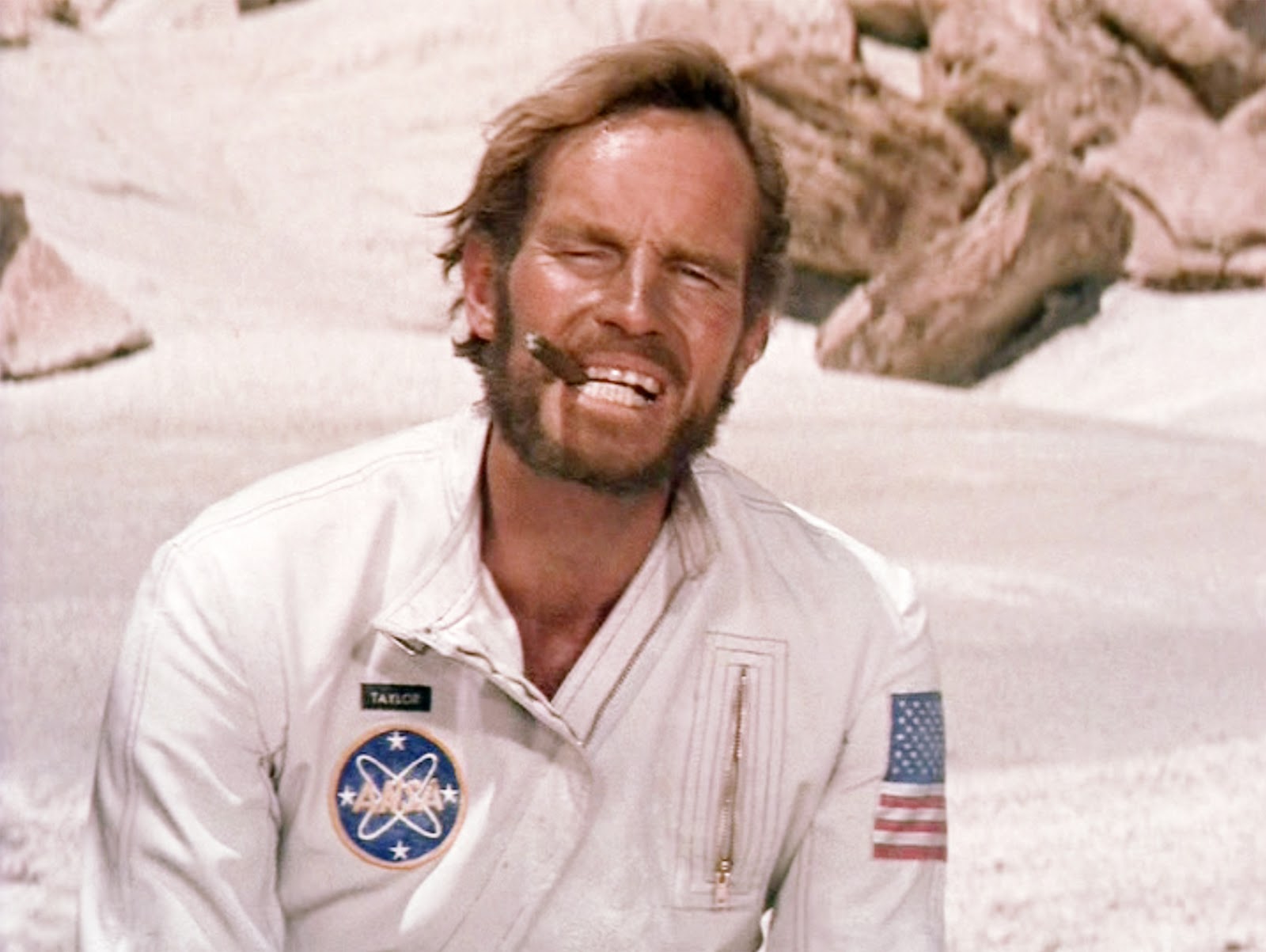Tuesday, February 28, 2017
Battle at the Java Sea, February 27-March 1, 1942 by Jaap Pluimgraaff
Please click HERE for a detailed view of this 1/700 scale masterpiece (a second click will expand the photograph). Click HERE for more images. Click HERE for a history of the battle.
Sunday, February 26, 2017
Haunebu Haiku
New SwabiaPlan into productIce-hidden and globe-fundedNotion yields exploitPolitics and MagicSecret disk dungeonOccult visions are techniqueFascist metaphorHaunebuSouth Pole cavern shakesNazi flying saucers riseHover toward the light
Friday, February 17, 2017
"John Milton" by Bienvenido "Bones" Bañez, Jr.
 |
| John Milton, 11" x 15", acrylic |
According to Mr. Bañez, the scene of the Fall at the bottom of the painting, together with Milton himself, suggest enlightenment, while the fallen angel above Milton's head is an exponent of the "dark wisdom" that comes with that same enlightenment. The delicacy of the representation of Adam and Eve, and the multivalent character of the landscape into which they are set, are worth examining at length, as are the tessellations of energy emanating from the deftly-realized angel, while the fusion of joy and integrity which figures strongly in Mr. Bañez's characterization of Milton, is both tranquil and pleasant, and worth meditating upon as a model of spiritual assurance and intellectual consolation.
On January 9 at the Williamsburg Art and Historical Center, Mr. Bañez presented the painting to representatives of Milton's Cottage Trust. Please click HERE to read about the occasion.
Thursday, February 9, 2017
Tuesday, February 7, 2017
Monday, February 6, 2017
Thursday, February 2, 2017
Dr. Zaius: "I can offer alternate descriptions of every one of those articles which is just as ingenious as yours."
Taylor concludes, "Would an ape make a human doll that talks?"
Wednesday, February 1, 2017
Dr. Zaius and Astronaut Taylor: Contrasting Tragedies
Dr. Zaius and his anxiety for orthodoxy: Dr. Zaius maintains the Platonic tragedy/the noble lie (a la The Republic) necessary to sustain society and civilization, which, broadly, must privilege orthodoxy and political expediency over Truth. Another Platonic data point: what happens to Socrates--call it "The Tragedy of Socrates"--which is a story examining the perils of publicly and earnestly pursuing "Truth". Zaius does what he needs to do to preserve the status quo, which he equates (and not unreasonably) with civilization. Meanwhile, Astronaut Taylor follows the trajectory of an Oedipal tragedy--not the Freudian stuff, but the tragedy that ensues when Oedipus fearlessly and relentlessly inquires into the nature of things. Taylor's criticisms of "things back on Earth" early in the film, expressed as the astronauts are wandering through the Forbidden Zone, are telling.


